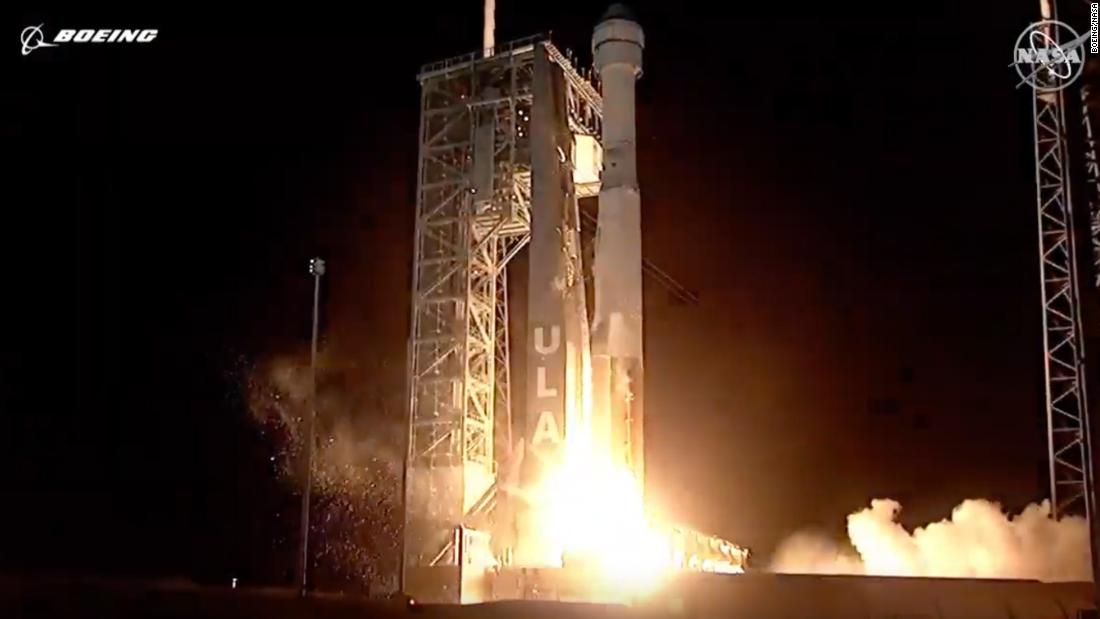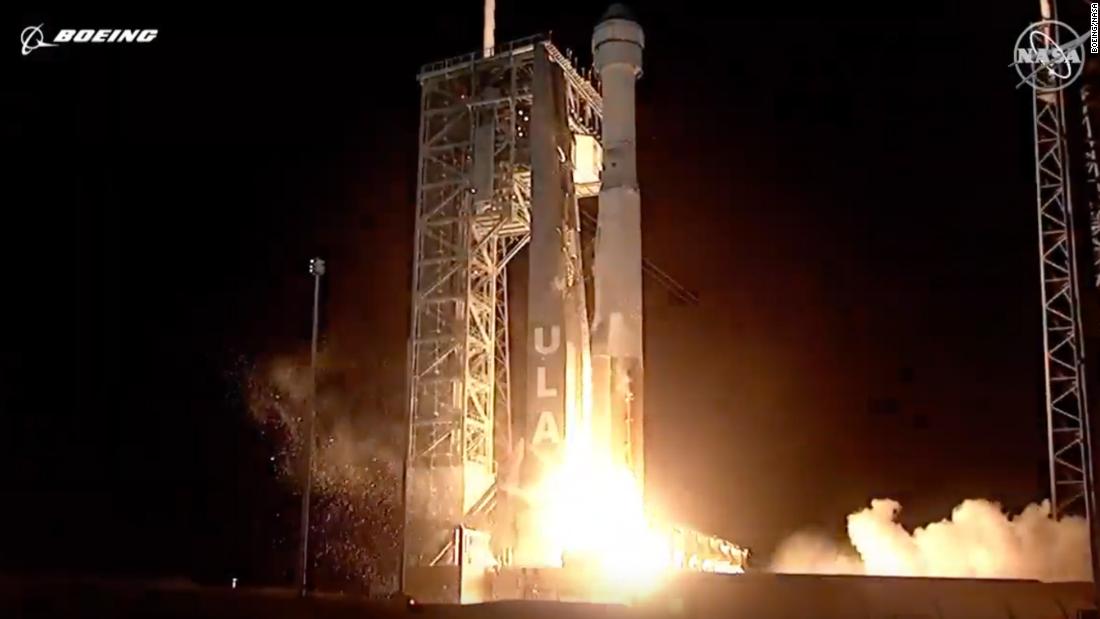Boeing’s Starliner spacecraft, built to carry astronauts, faces new safety concerns

New York (CNN Business)Boeing’s Starliner spacecraft, which is designed to carry NASA astronauts to the International Space Station, encountered a second, previously undisclosed, software issue during a botched test flight in December.
The space agency said Friday that it plans to launch a full-scale safety review of the company’s work on Starliner, noting that there were “numerous instances where the Boeing software quality processes either should have or could have uncovered the defects.” That review will attempt to determine why the software problems weren’t detected during ground tests prior to the launch.
Starliner conducted an uncrewed test flight in December that was designed to show that the vehicle can safely dock with the International Space Station — but it didn’t go as planned. Starliner’s internal clock was off by 11 hours, which caused the spacecraft to misfire and stumble off course, NASA and Boeing officials told reporters at the time. Starliner was forced to make an early return to Earth.
Paul Hill, a member of NASA’s safety adviser panel, disclosed a separate software problem during a public meeting on Thursday, saying it could have caused a “catastrophic failure,” according to Space News. Hill said Boeing (BA) was able to identify and correct the error before it impacted Starliner’s behavior.
The error could have caused another misfire during the spacecraft’s return — specifically, when Starliner’s crew cabin separated from its service module. The service module is a cylindrical adapter that sits beneath the crew cabin and powers the capsule during flight, and it’s supposed to be jettisoned before landing.
Boeing acknowledged that software issue for the first time in a statement issued hours after Hill’s comments. Officials said during a press briefing Friday that — if left undetected — the coding error could have cause the service module to ram into the crew capsule, which could have caused serious damage and sent the spacecraft tumbling off its intended path.
NASA said in a statement Friday that “there was no simple cause” for either software issue, though the review team has already pinpointed “11 top-priority corrective actions” to address them.
The issue with Boeing’s on-board clock was worsened during the test launch by a communications blackout, which prevented ground controllers from remotely correcting the problem. Meanwhile, the spacecraft burned through precious fuel attempting to stabilize itself on a wayward course.
Boeing officials said Friday the communications issues were likely caused by frequency interference from cell towers on the ground. It’s not clear how or if such a blackout could be avoided on future missions.
Starliner was able to put itself on a safe flight path once ground controllers regained contact. Boeing then ordered checks on the spacecraft’s full software code, which is how the second error was detected and corrected.
The spacecraft was able to demonstrate a safe landing at its designated site in New Mexico two days after launch.
NASA Administrator Jim Bridenstine said Friday that it’s too soon to say whether NASA will require Boeing to conduct another uncrewed test flight before the vehicle is deemed ready to fly astronauts. Boeing said in an earnings release last month that the company has already set aside $410 million to pay for a second test flight in case NASA orders one.
Boeing has worked for the past decade to prepare Starliner for crewed missions, ever since NASA retired its space shuttle program and asked the private sector to design spacecraft capable of ferrying astronauts to the International Space Station.
The space agency allocated $4.2 billion to Boeing and $2.6 billion to SpaceX in 2014 for that task. Meanwhile, NASA has paid Russia to fly American astronauts to the space station aboard Soyuz spacecraft.
NASA initially hoped Boeing’s and SpaceX’s new vehicles would be up and running by 2017.
SpaceX’s Crew Dragon, however, completed its last major testing milestone in January. The company now appears poised to gain approval from NASA to begin flying astronauts in the coming weeks or months.
Read more: https://www.cnn.com/2020/02/07/tech/boeing-starliner-software-commercial-crew-ssn/index.html


